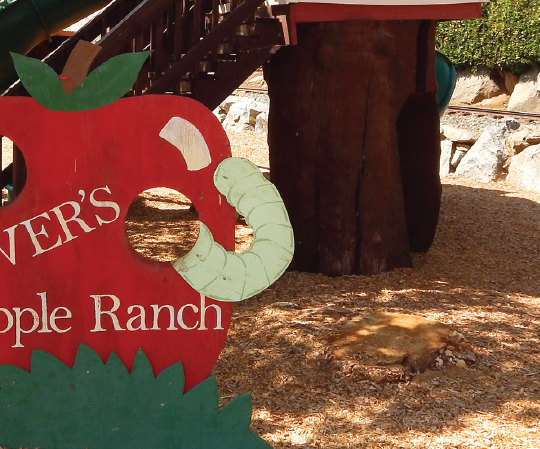Tucked away on the edge of a three-acre cove among tall trees and waving grasses nestles a tiny cluster of wood buildings. Welcome to Salem Pioneer Village, a 1630s historic recreation built to mark Massachusetts’ 300- year anniversary. It’s an extraordinary insight into those early days of our nation, and inspires a deep admiration for what those first colonists endured in their pursuit of religious freedom.
Period-clad Goodman Jeremy was our docent-guide. He explained the title “Goodman” indicated a person had achieved some status, but was subservient to a Master or Mistress. As he walked us through the village, his tales brought 17th century colonial history to life.
Digging in to surviveRoger Conant and five families arrived late in 1626 on Massachusetts’ shores. First landing at Plymouth, the small band did not get along with those colonists’ more rigid Puritan philosophy, and sailed up the coast, finally settling in what would become Salem. They met no Native Americans; those that had survived a smallpox epidemic brought in by earlier settlers had fled.
With a bitter New England winter upon them, they dug out small 10 x 15 foot hollows in the shallow hillsides, built small wood huts with an animal skin over the entry and huddled in groups of 10-15, struggling to keep warm. There was no room to lie down, and people would crawl inside barrels brought from the ship, a blanket over the top to keep in the warmth. These “dugouts” were a typical temporary home for settlers.
For those that survived, spring brought the return of the few remaining Naumkeag tribe to their ancient fishing grounds, and they taught the colonists how to live off the land. Fish were plentiful and a primary source of food. The colonists adopted the wigwam structures for first homes, modifying the concept with thatch and an exterior fireplace, dwelling in these as the settled in.
Establishing rootsSlowly, as the colonists spread out and became secure and established, more traditional small single-room wooden cottages were built, usually home to two families, which saved time because there were more to do the chores. Sleeping lofts doubled as storage areas. They were interior fireplaces, dangerous for women in long skirts, who would douse the fabric with water to protect themselves while cooking. Injuries from burns were the second most common cause of death among women after childbirth.
Later, as the homes grew larger, came string beds – crisscrossed ropes anchored to a wooden frame upon which a mattress was laid. The mattress had to be beaten to get the bugs out (“don’t let the bedbugs bite”), and the expression “sleep tight” came from the need to use a ‘tightener’ to tighten up the ropes which would sag under use. Beneath the mattress was a ‘bedbox’ for hot coals to warm the mattress.
The second most important man in town was the blacksmith, for he alone could make all the necessary implements of iron needed by these early Americans. The ability to read, write and do math was considered important – everyone read the Bible – and basic education was a mainstay. Children were considered adults and by age 10, boys were apprenticed out. Culinary and medicine herb gardens were planted, and girls learned cooking, sewing and herb lore from their mothers.
A “mansion” was later built for the John Endicott, governor of Salem Colony in 1629, complete with wood and windows imported from the more important fishing village of Gloucester. The thick glass and “wasted nails” on the front door showed all that he was a person of importance.
A vision of preservationExtensive research went into recreating the colonists’ early years during the building of Salem Pioneer Village. But after the state’s tercentennial, plans were made to tear it down. Fortunately, some locals felt there were important history lessons that needed to be preserved, and managed to save it.
As I stood inside the drafty dugouts, I tried to imagine 15 people crammed into the miniscule space, shivering in ice-laden winds, perhaps wondering why they had come. Looking at the simple goods that filled their cottages, I had a greater appreciation for how much we expect and take for granted.
It took hard work and determination for these early colonists to survive. Without it, America as we know it would not exist.
Located about 30 minutes north of Boston, the town of Salem and the Pioneer Village make an interesting and enjoyable exploration into our nation’s history. To learn more about Salem Pioneer Village, visit
Pioneervillagesalem.com.





